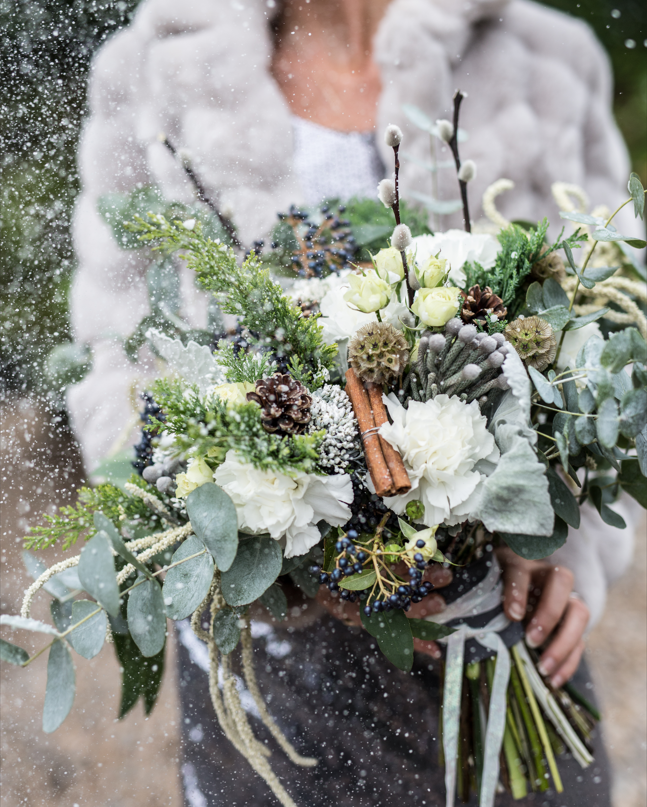Understand Wedding Florist Cost: The Hidden Beauty Behind the Blooms
Wedding flowers are undeniably one of the most stunning aspects of any wedding, yet they’re also one of the most intricate. Unlike a pair of shoes or a photography package, wedding flowers aren’t an off-the-shelf purchase. When you buy shoes, the price tag clearly tells you what you’re getting. A photographer will explain their pricing in detail, outlining hours on-site, editing processes, and any optional add-ons. While photography packages might be more complex than shoes, they’re still easier to quantify compared to flowers.
With flowers, many variables influence the cost. The size of the arrangements, the style you choose, the seasonality of the blooms, does it coincide with a high demand season (Mother’s Day, Valentines Day) and the quantity required all play a role. For example, rose prices can range from €1.50 to €7 per stem depending on the variety and source. That’s not the end of it—those roses might need three days of conditioning in a studio to ensure they bloom perfectly for your big day. This involves maintaining the right temperature, daily water changes, and expert care.
Some flowers, on the other hand, have a much shorter shelf life and must be used within 24 hours of being cut. Mixing flowers with different care needs means multiple deliveries and suppliers, adding to the complexity. Managing all these details requires experience, knowledge, and a deep understanding of flowers.
The Labour Behind the Magic
Here’s a glimpse into the hidden work that goes into even the smallest wedding:
• Initial consultation: 1 hour
• Creating and designing your proposal: 1–2 hours
• Revisions: Time varies
• Ordering flowers: 1 hour
• Receiving and conditioning flowers: 2 hours
• Crafting your bridal bouquet and arrangements: 5 hours
• Final conditioning, delivery, and setup: 2 hours
That’s a minimum of 12 hours of skilled labour before the first flower even reaches your hands. At Ireland’s minimum wage of €13.70, this alone would cost €164.40. However, florists are highly trained professionals whose expertise deserves to be compensated at a rate reflecting their experience— above the living wage of €14.75.
And that’s just the labour. The flowers themselves are an additional cost, which increases based on the size and complexity of your wedding.
The Overhead Costs You Don’t See
Whether you work with a large floral chain or a small local business, all florists face operating expenses. These include rent, vans, fuel, electricity, phones, laptops, internet, website hosting, insurance (van, liability, etc.), tools, taxes, and more. These overheads are factored into pricing to keep the business running smoothly.
Moreover, flower farms and wholesalers often have minimum order requirements. If your florist doesn’t meet these thresholds, they might need to order extra, unnecessary products or switch to a supplier who charges more per item—both of which can drive up costs. Small orders also often come with delivery fees, further adding to the total.
Why It’s Worth It
Your wedding flowers aren’t just decorations—they’re works of art created by skilled hands, tailored to your vision, and handled with care every step of the way. When you invest in a professional florist, you’re not just paying for flowers; you’re paying for expertise, time, and the ability to make your dream wedding come to life.
Understanding these behind-the-scenes details helps shed light on why wedding flowers cost what they do. They’re more than just a beautiful part of your day—they’re a testament to craftsmanship, artistry, and dedication.
